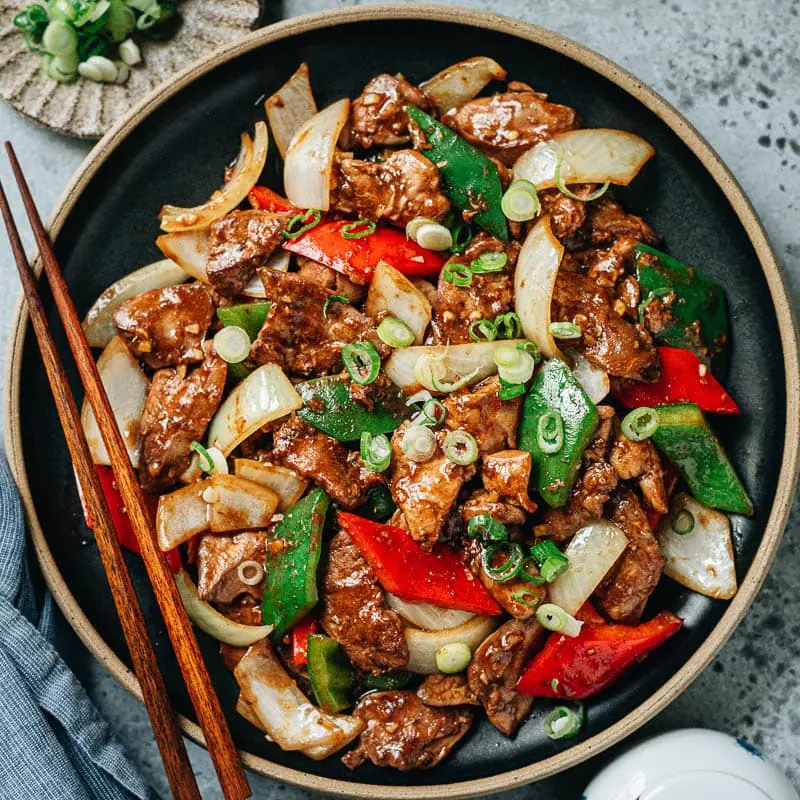
6 Smart Tips for Choosing Quality Honey Sellers Don’t Want You to Know
Flip the Honey Bottle to Tell If It's Real or Fake? 6 Smart Tips for Choosing Quality Honey Sellers Don’t Want You to Know
Honey has long been referred to as “liquid gold” — not just for its rich sweetness, but also for its impressive health benefits. It's a quick energy source, supports digestion, soothes sore throats, and has natural antibacterial properties. However, its popularity and value have also made honey a prime target for counterfeiting and dilution.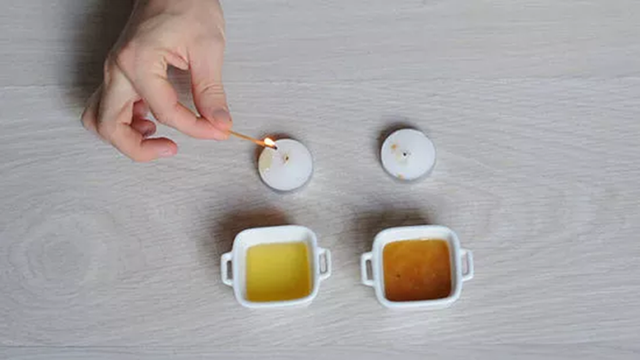
Fake honey isn’t just watered down with sugar syrup — it can also contain artificial coloring, flavoring, or even harmful chemicals. Consuming adulterated honey can strip it of nutritional value and pose health risks, especially for vulnerable groups like children, the elderly, or those with chronic illnesses or weak immune systems.
To avoid falling into the trap of buying low-quality honey, here are 6 simple but effective tips that can help you spot the real deal — some of which sellers may not want you to know:
1. Flip or Shake the Bottle
This quick method is surprisingly reliable. Gently shake the bottle or turn it upside down and observe:
-
Real honey produces small, fine bubbles that rise slowly and are slow to dissipate. The honey itself moves sluggishly and appears thick and sticky.
-
Fake or diluted honey forms large bubbles that rise quickly and pop easily. The liquid flows rapidly, more like water than honey.
Paying close attention to this visual cue can help you detect poor-quality honey right from the first inspection.
2. Check the Color and Clarity
The color of genuine honey varies depending on the floral source — from pale gold and amber to deep brown. However, it should have a natural clarity and a slight sheen under light.
Fake honey often looks too bright, overly clear, or unnaturally cloudy. It may also separate into layers, lose color, or form sediment over time — signs it contains syrup, additives, or chemicals.
3. Test Viscosity and “Thread Pull”
Dip a clean chopstick or spoon into the honey and pull it out slowly:
-
Pure honey will form a long, continuous thread and drip slowly in a rounded, defined drop.
-
Adulterated honey tends to break off quickly, drips faster, and feels runnier in texture.
Real honey also tends to be denser and more stable, with a longer shelf life when stored properly.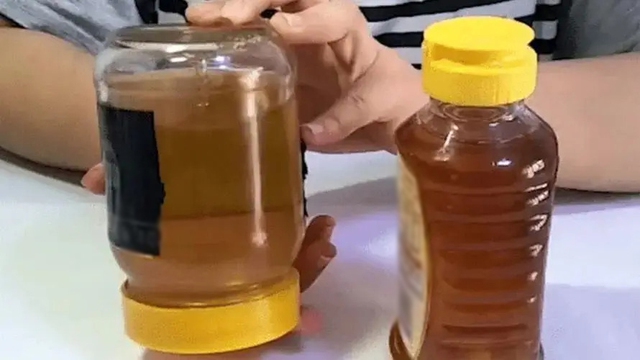
4. Try the Water or Tissue Test
Drop a small amount of honey into a glass of cold water:
-
Pure honey sinks to the bottom and stays intact.
-
Diluted honey will dissolve or spread quickly in the water.
Alternatively, place a drop on a dry tissue or paper towel:
-
Real honey will remain in place due to its high viscosity.
-
Fake honey (especially those mixed with syrup or water) will absorb into the tissue and spread out quickly, much like sugary water.
5. Smell the Aroma
Genuine honey carries a light, floral scent reflective of the flowers from which it was derived. The aroma is delicate and tends to fade quickly.
In contrast:
-
Fake honey may have an overpowering, artificial, or chemically sweet smell.
-
If there’s no smell, or it smells oddly synthetic or burnt, it's best to be cautious. These are signs of added fragrance or industrial processing.
6. Fire Test (Use with Caution)
For this test, use a stainless steel spoon, toothpick, or matchstick and dip it in honey. Then gently expose it to a flame:
-
Pure honey will heat up but not ignite or give off smoke or harsh odors.
-
Adulterated honey may spark, sizzle, or emit a burnt, unpleasant chemical smell — a clear sign of added sweeteners, colorants, or industrial syrups.
This test also suggests the potential health risks of fake honey, including toxic buildup from unknown additives if consumed over time.
Bonus Tip: Pay Attention to Price
Genuine honey comes at a cost. Producing it requires effort from both bees and beekeepers. If you come across a 1-liter bottle of honey being sold for extremely cheap, it's almost certainly diluted or low-quality. Natural or wild honey, especially those without additives, is often more expensive — and for good reason.
Being an informed buyer means knowing what to look for. With these 6 proven tips, you can confidently choose high-quality honey that’s both delicious and safe — and avoid falling victim to fake products on the shelf.
News in the same category

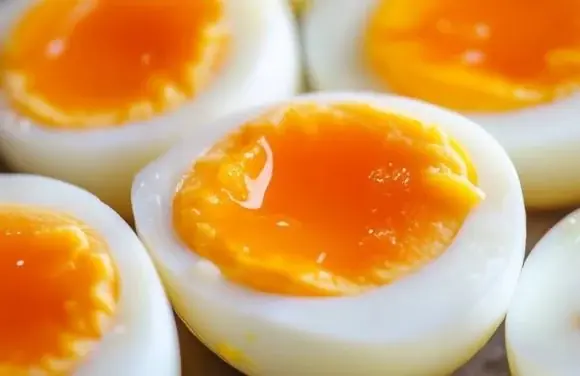
Doctors Warn: This Common Way of Eating Boiled Eggs Can Clog Your Arteries
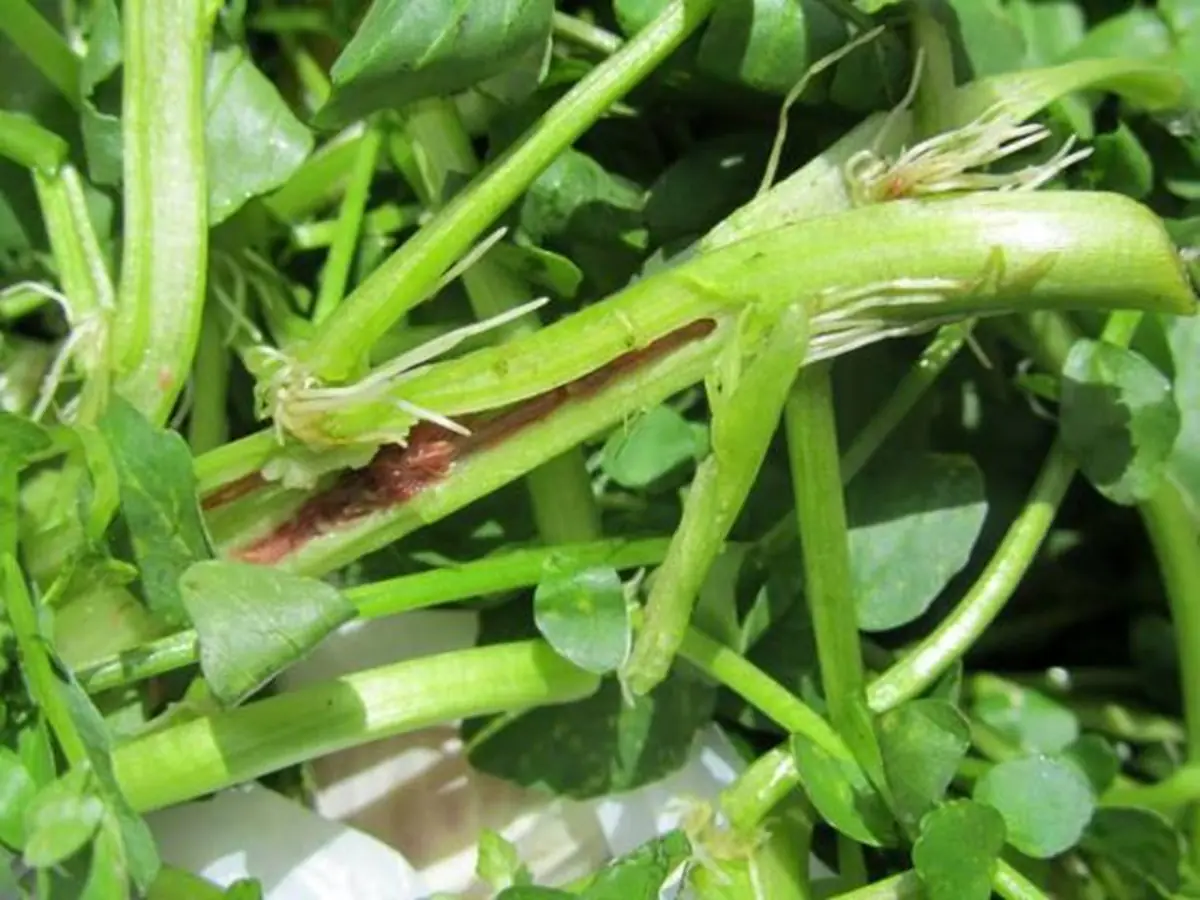
2 Common Vegetables That Can Harbor Parasites
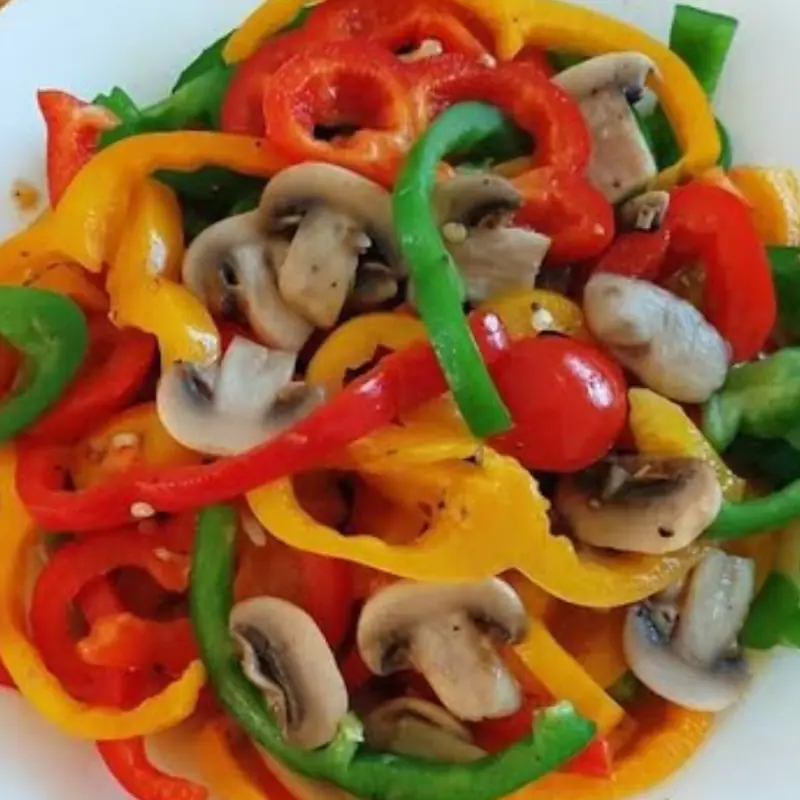
The 'Vitamin C King' of the Vegetable World

Avoid Swimming If You Spot 'Square Waves'
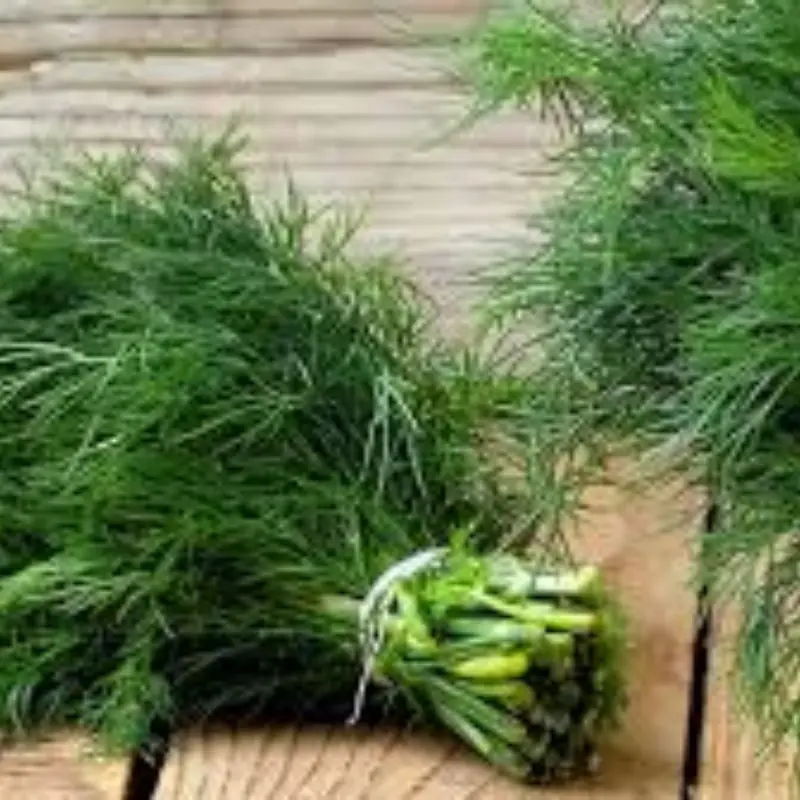
3 Green Vegetables Called the “King” of Sto.mach Protection
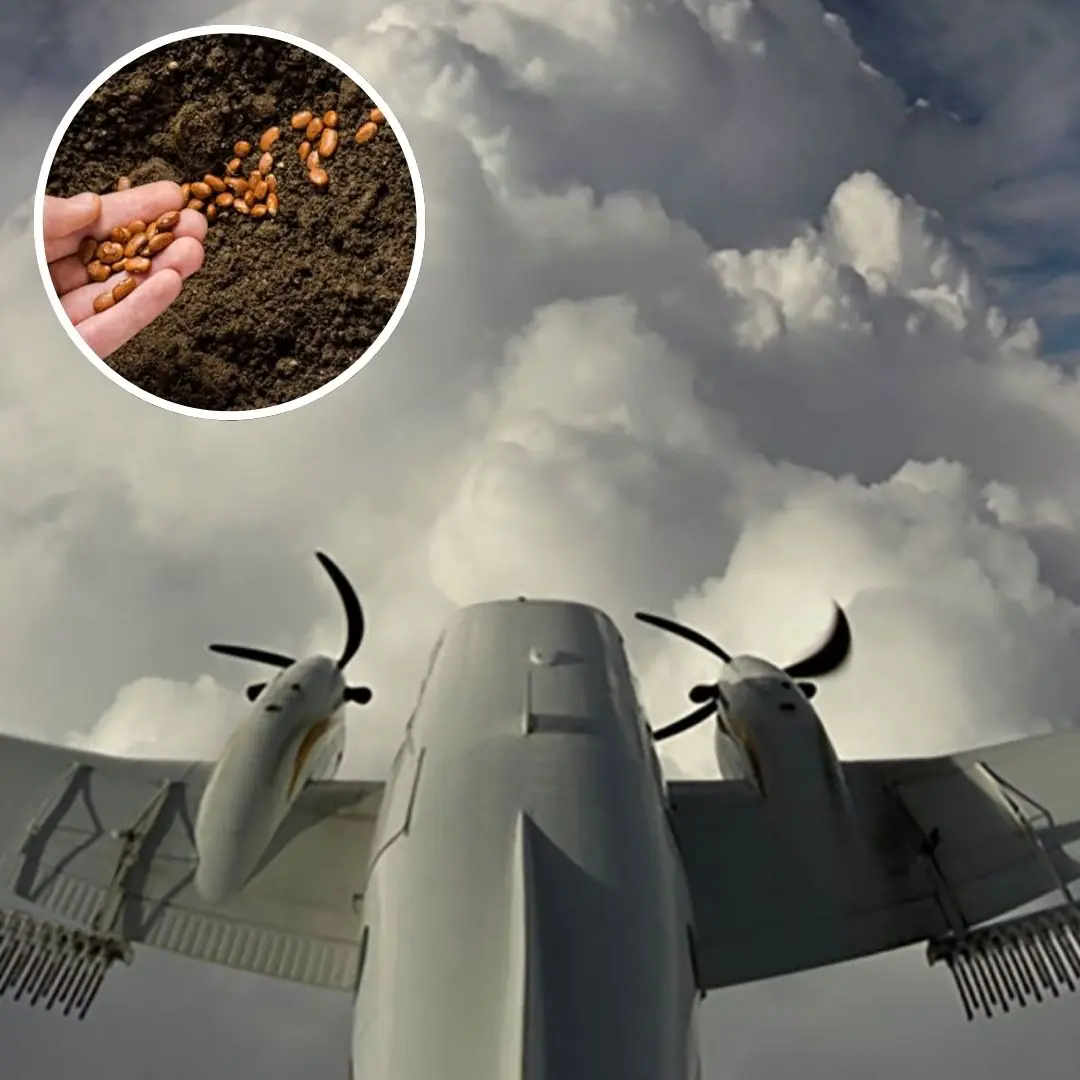
Why You Should Not Bring Seeds on a Plane: A Detailed Explanation

10 Powerful Reasons a Simple Smile Can Change Your Life
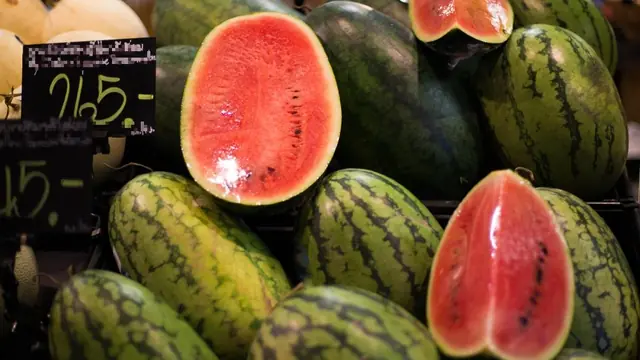
3 Common Mistakes in Storing Watermelon During Summer
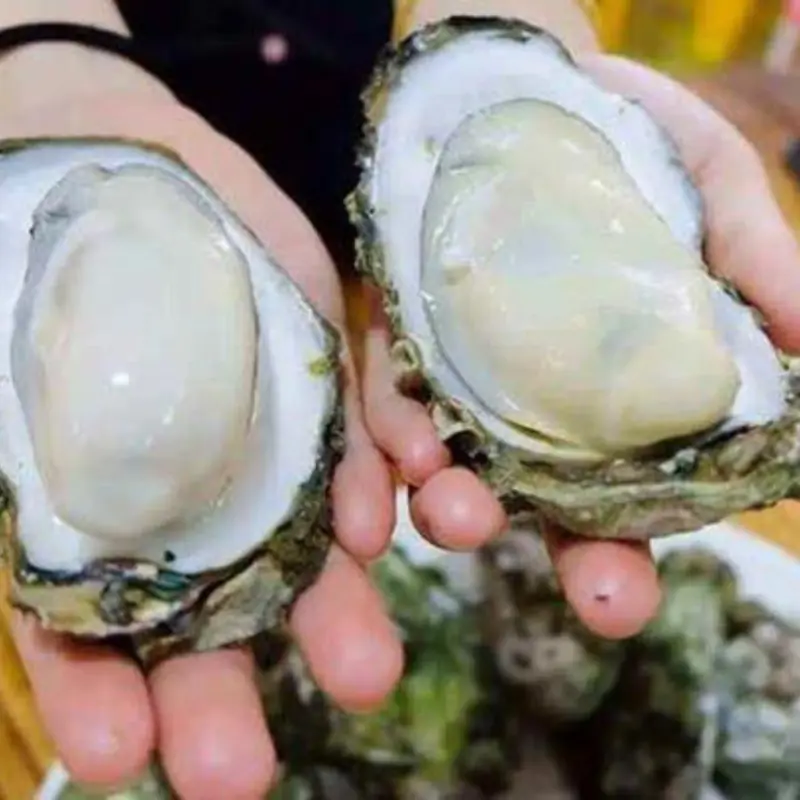
When Buying Oysters, Avoid These 3 Types
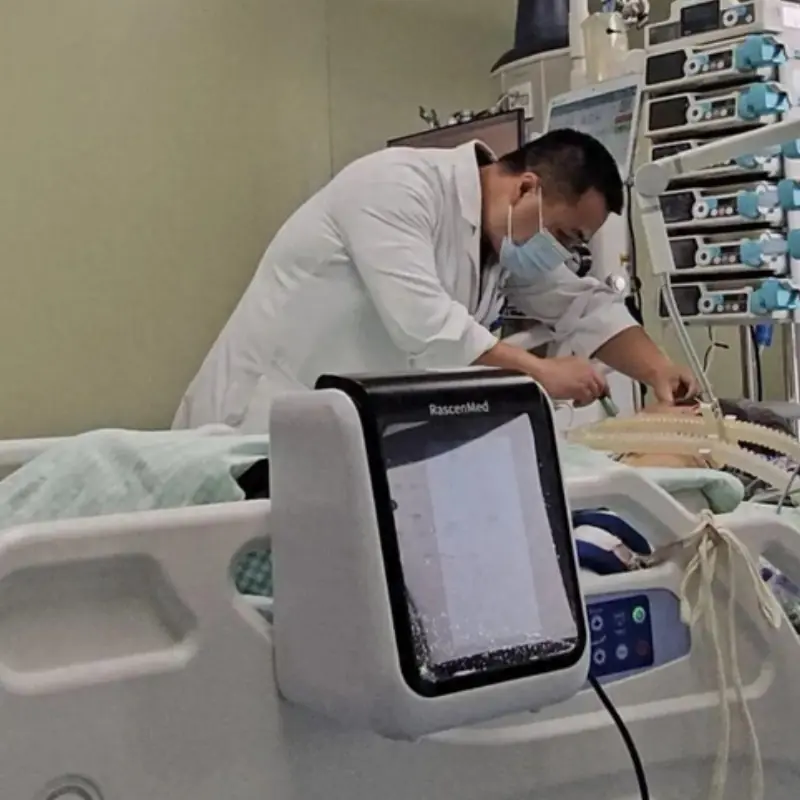
Woman Suddenly Suffers Kid.ney Failure After a Meal

Why Dogs and Cats Often Hate Each Other—Most People Don’t Know This

4 Morning Habits That Increase Str.oke Risk—Avoid Them at Any Age
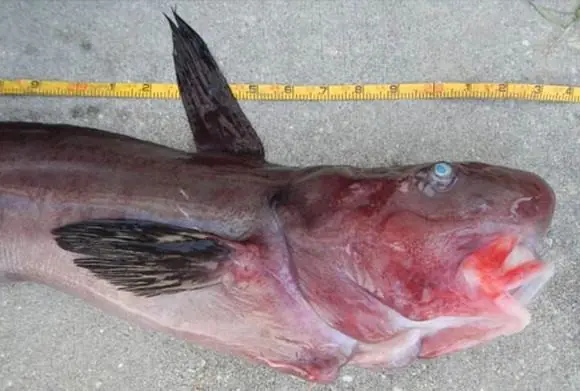
Smart Shoppers Avoid These 3 Types of Fish at the Market

Not a snake, this is the "kil.ler" that can crawl out of your air conditioner

Doctors Discovered 6 Morning Habits Shared by Most Can.cer Patients
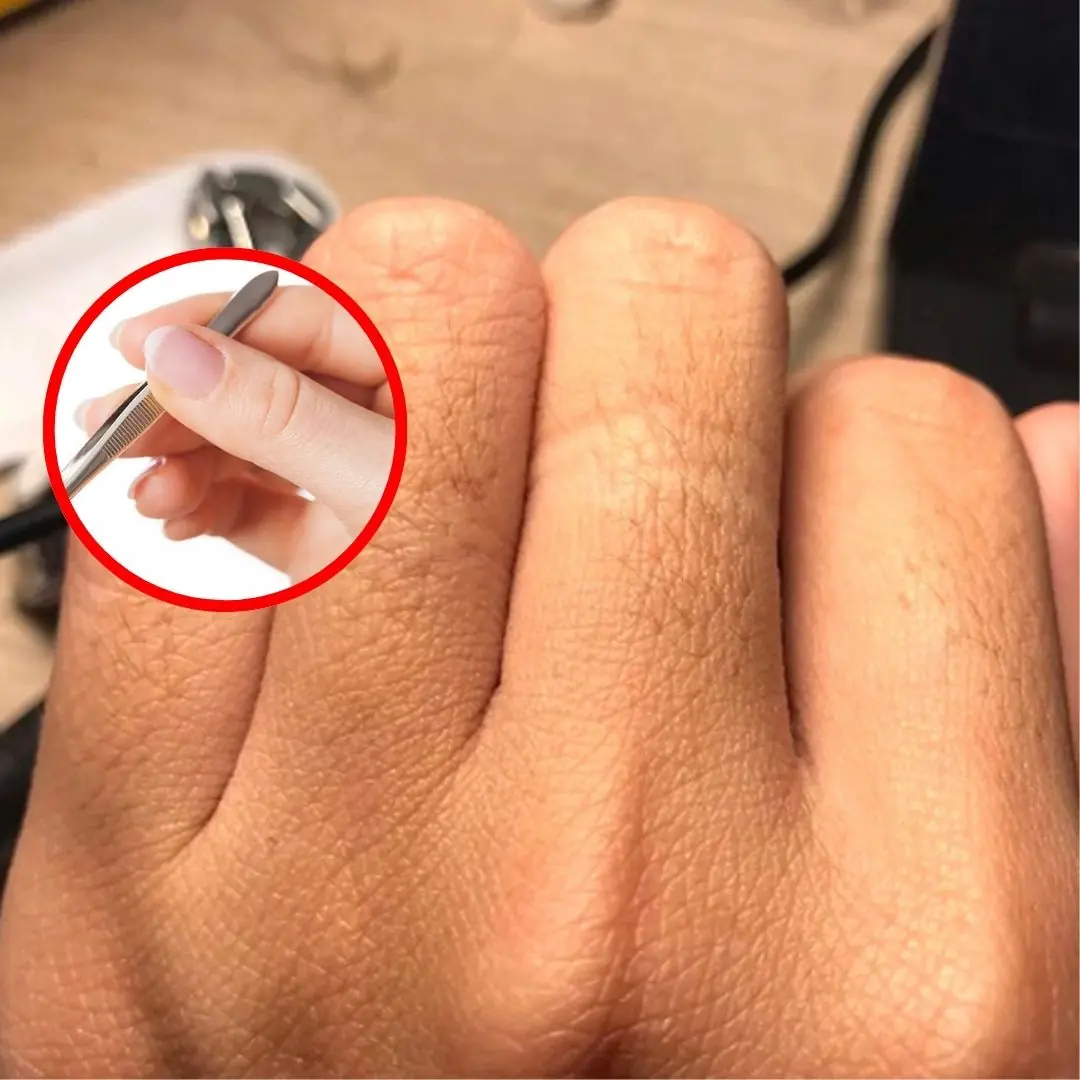
Why do women grow a lot of hair on their fingers?

20 Signs of Can.cer That Women Often Ignore

4 things you do in the morning that bring you closer to a str.oke
News Post

The Most Nutritious Part of the Chicken—“Pricier than Gold” Yet Often Thrown Away by Home Cooks
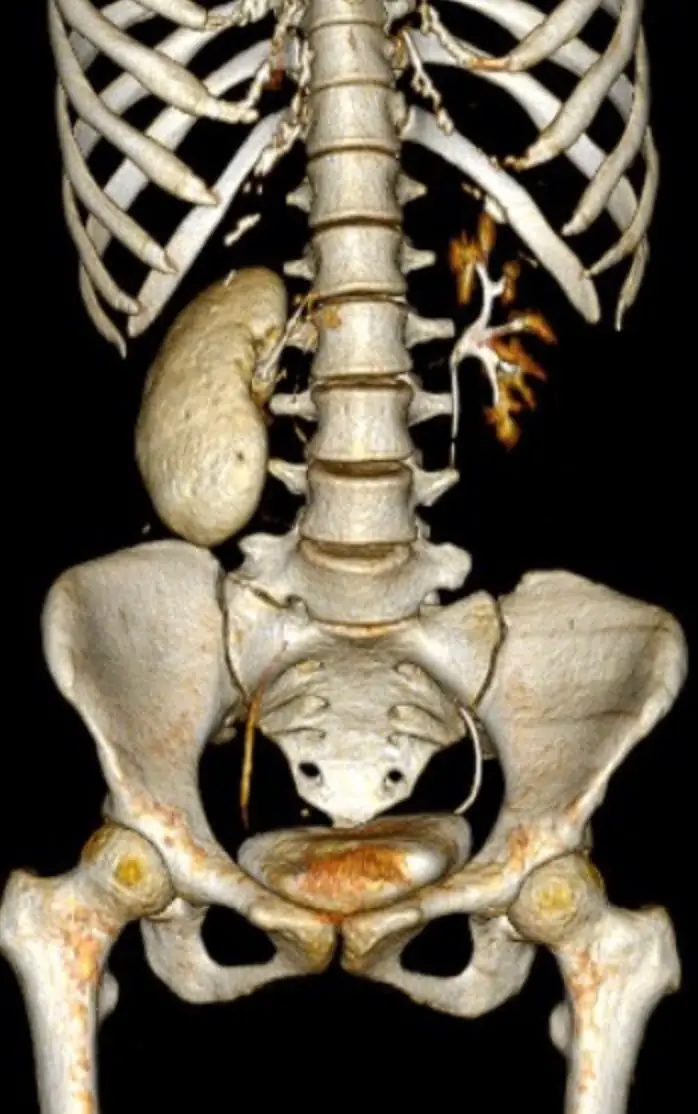
Doctor Urges 4 Actions to Protect Your Body’s "Blo.od Filter"

Can overly hot baths harm your heart and circulation?

7 signs of brain c.a.ncer that are easily confused with other diseases

4 Things to Avoid After 5 PM to Lower Your Risk of Stro.ke

Doctors Warn: This Common Way of Eating Boiled Eggs Can Clog Your Arteries
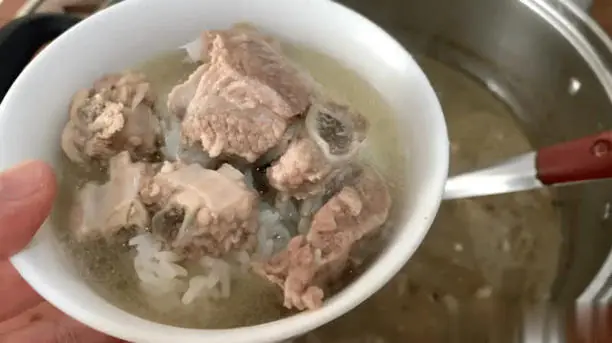
Blanch Bones First or Simmer Directly?

2 Common Vegetables That Can Harbor Parasites

The 'Vitamin C King' of the Vegetable World

Avoid Swimming If You Spot 'Square Waves'

3 Green Vegetables Called the “King” of Sto.mach Protection

Why You Should Not Bring Seeds on a Plane: A Detailed Explanation
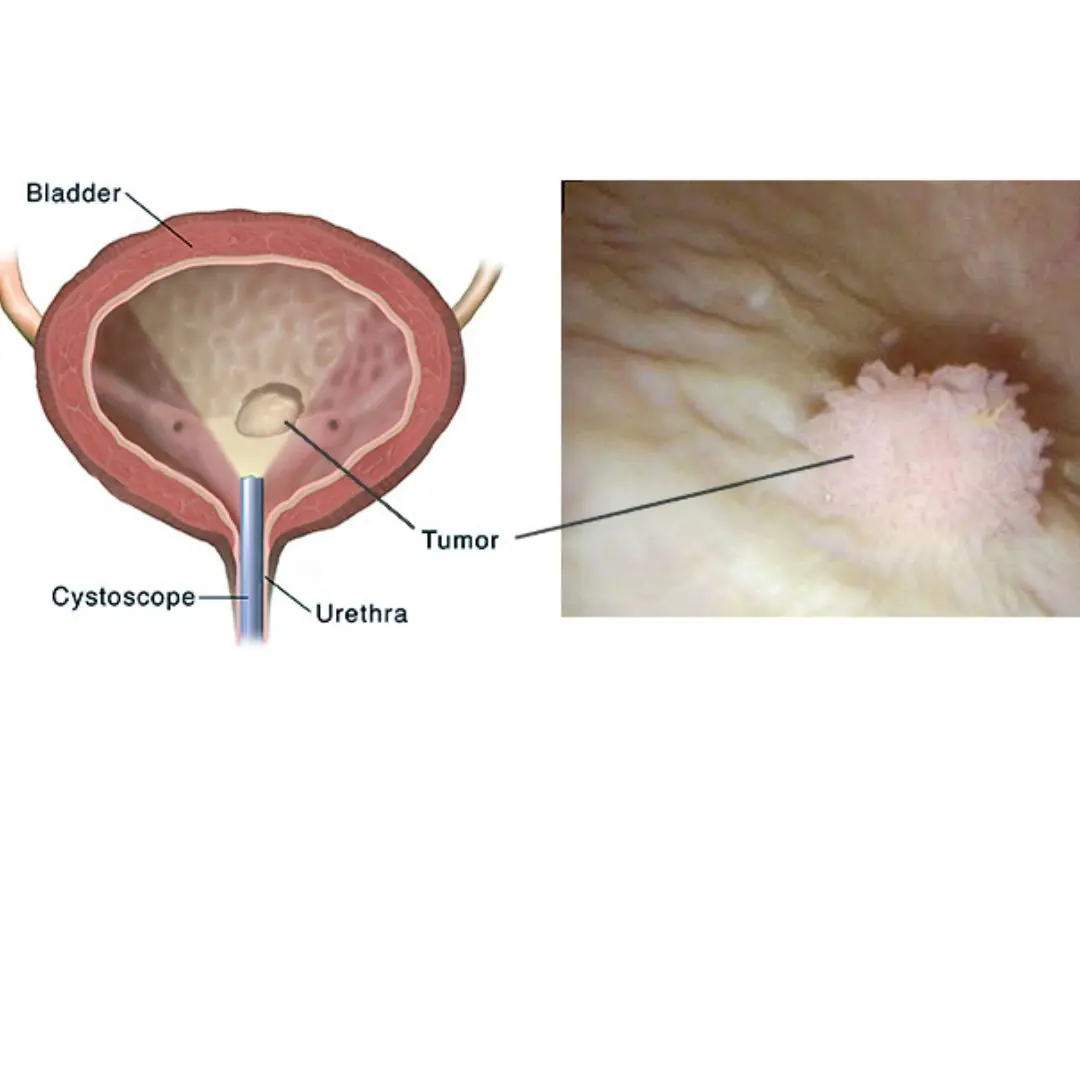
Bladder Ca.ncer: Symptoms You Shouldn’t Ignore
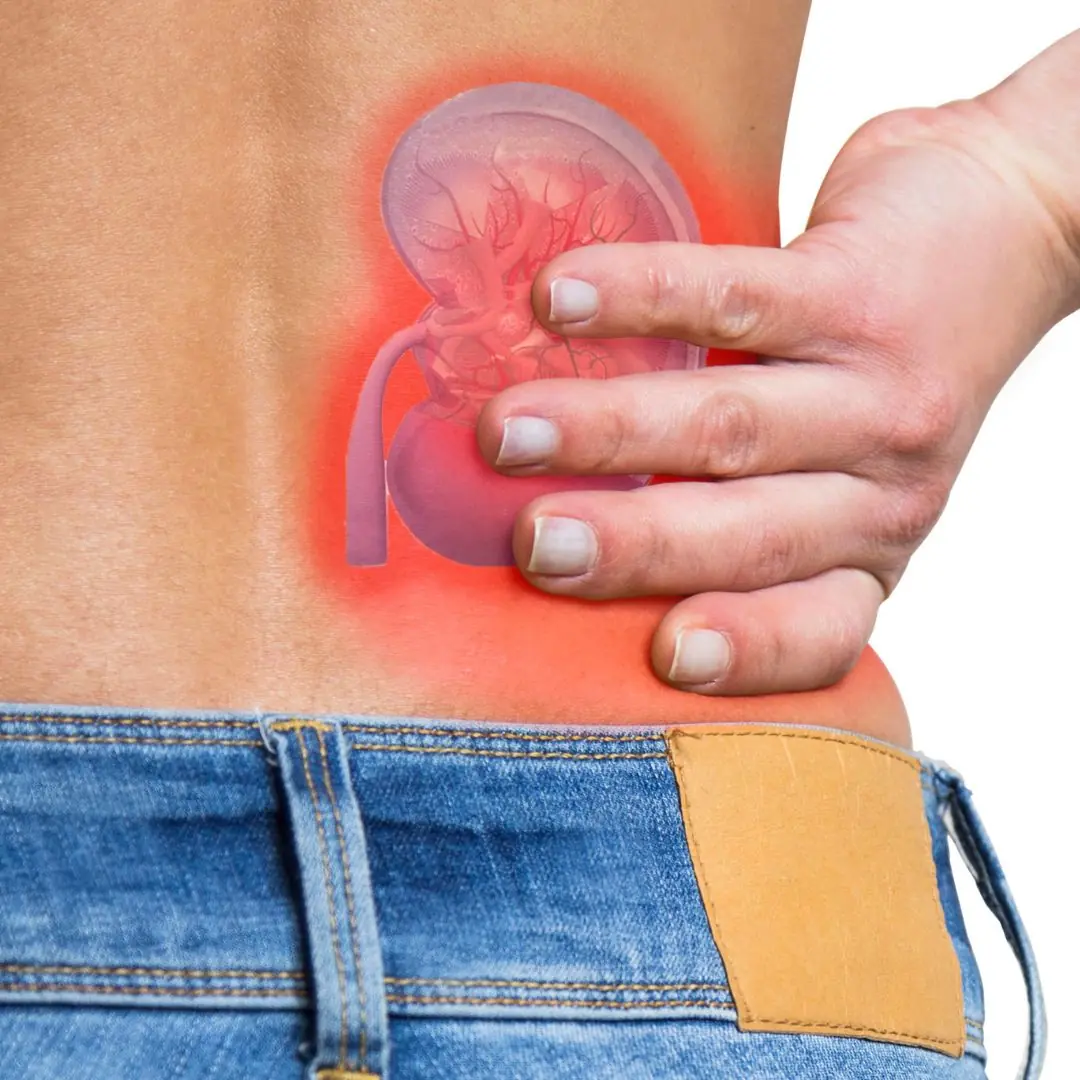
4 Healing Drinks to Prevent and Dissolve Kidney Stones

10 Powerful Reasons a Simple Smile Can Change Your Life
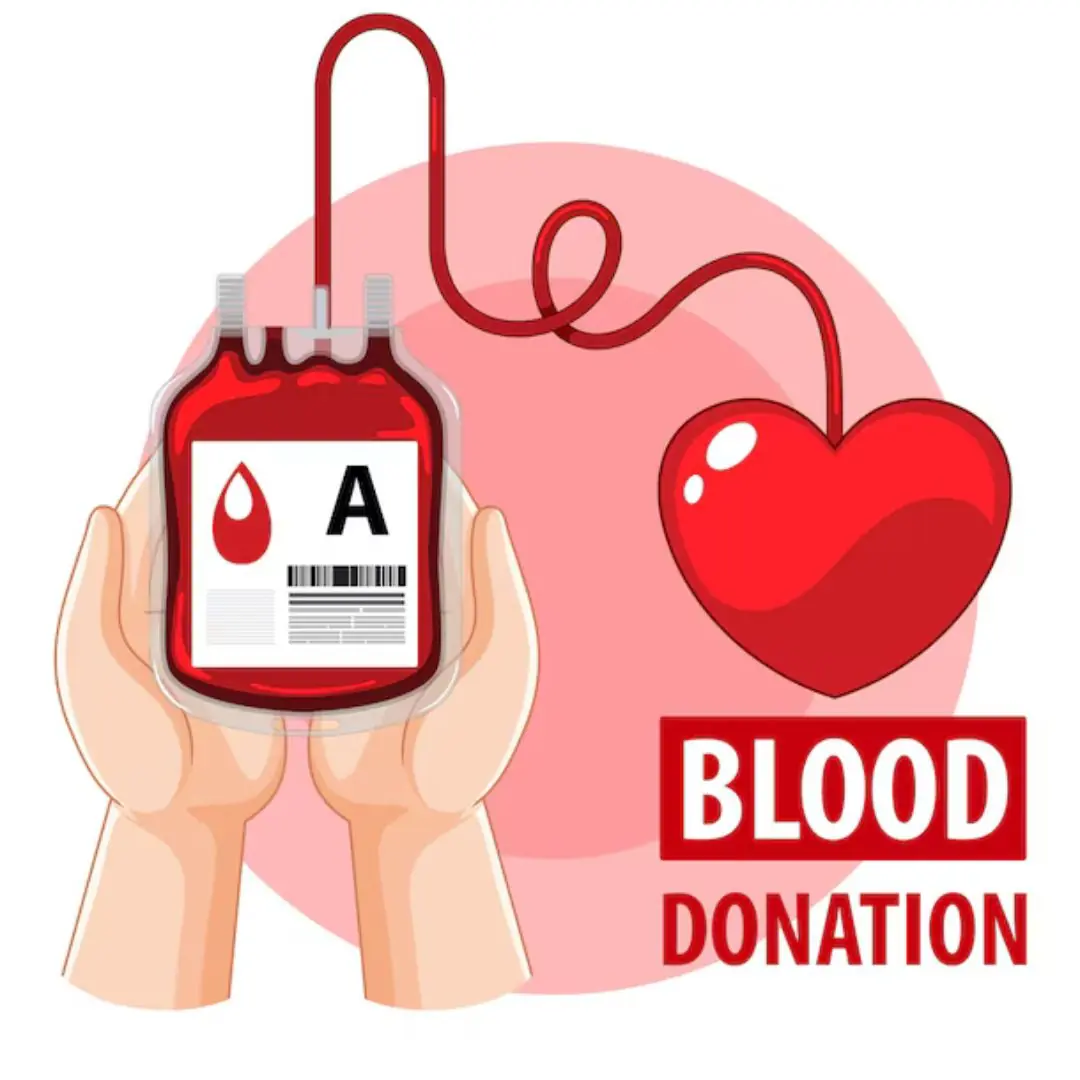
The Surprising Benefits of Donating Bl.o.od
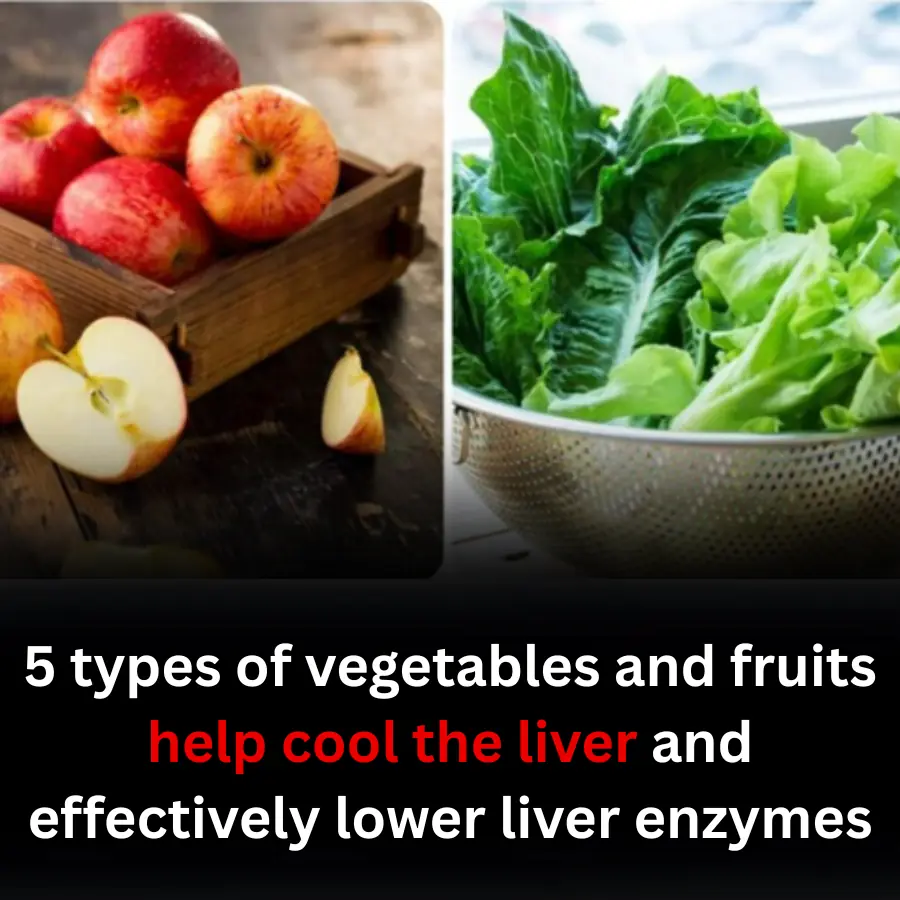
5 types of vegetables and fruits help cool the liver and effectively lower liver enzymes

Top vegetable to help reduce visceral fat extremely effectively, nutritionist reveals 4 more easy ways to lose weight
